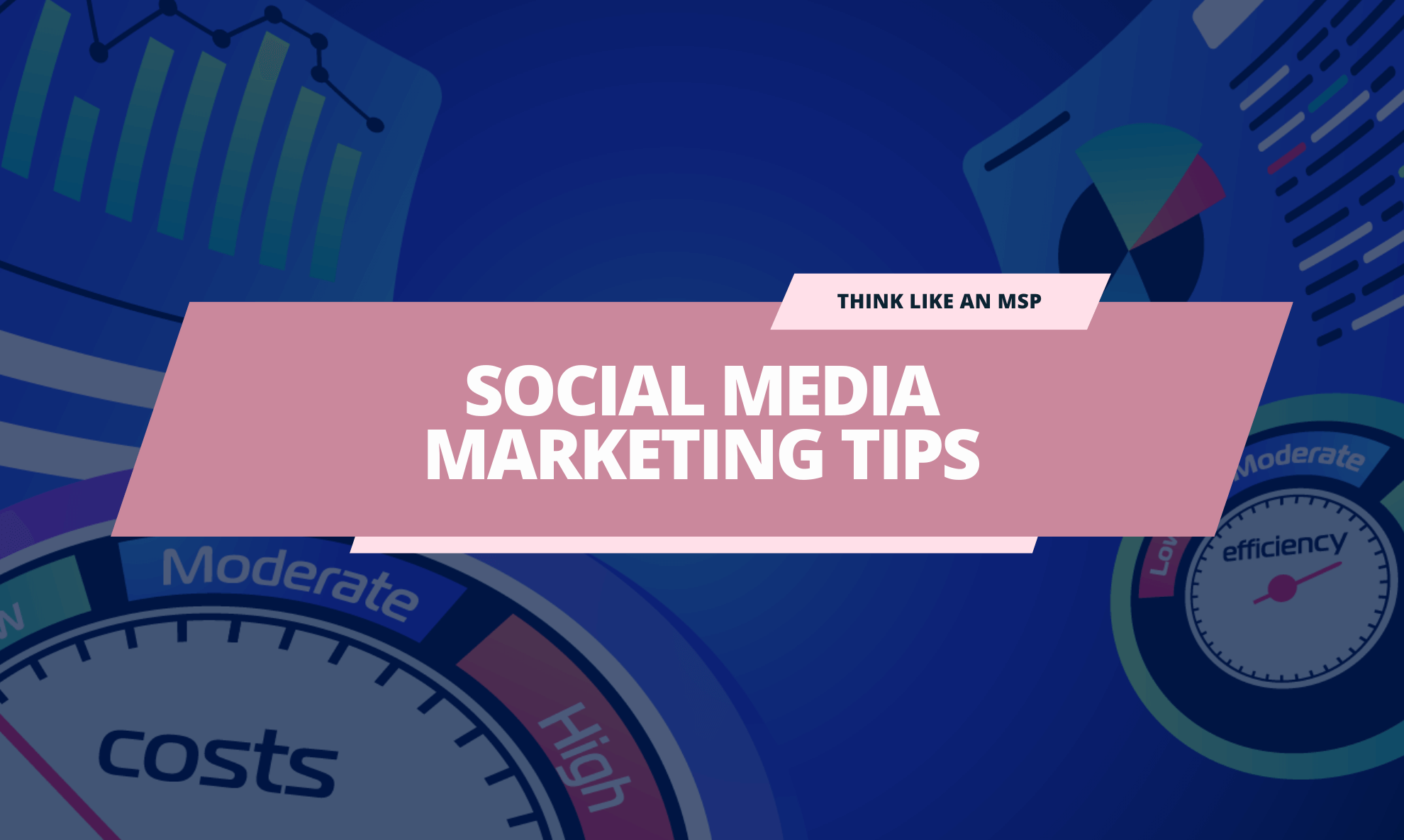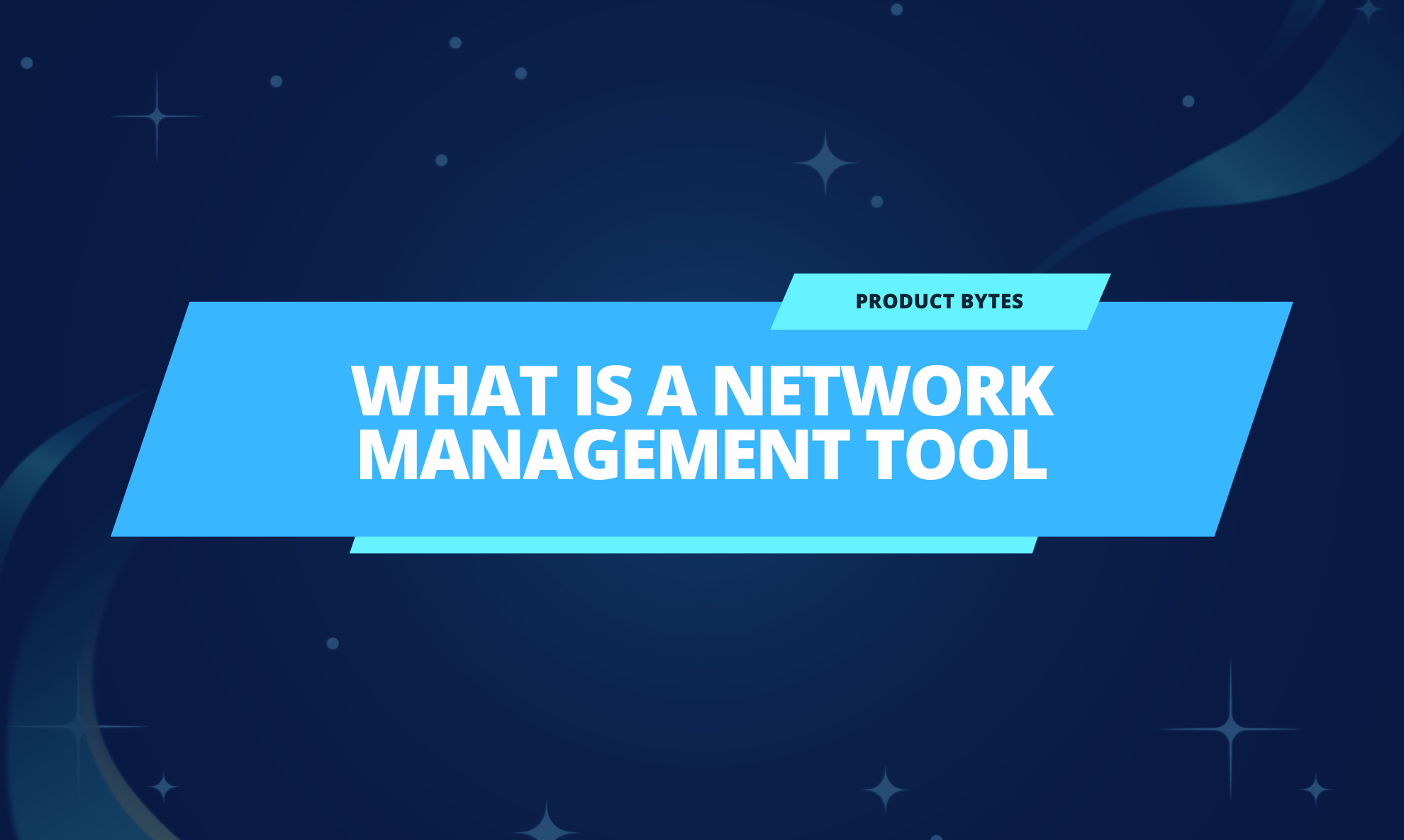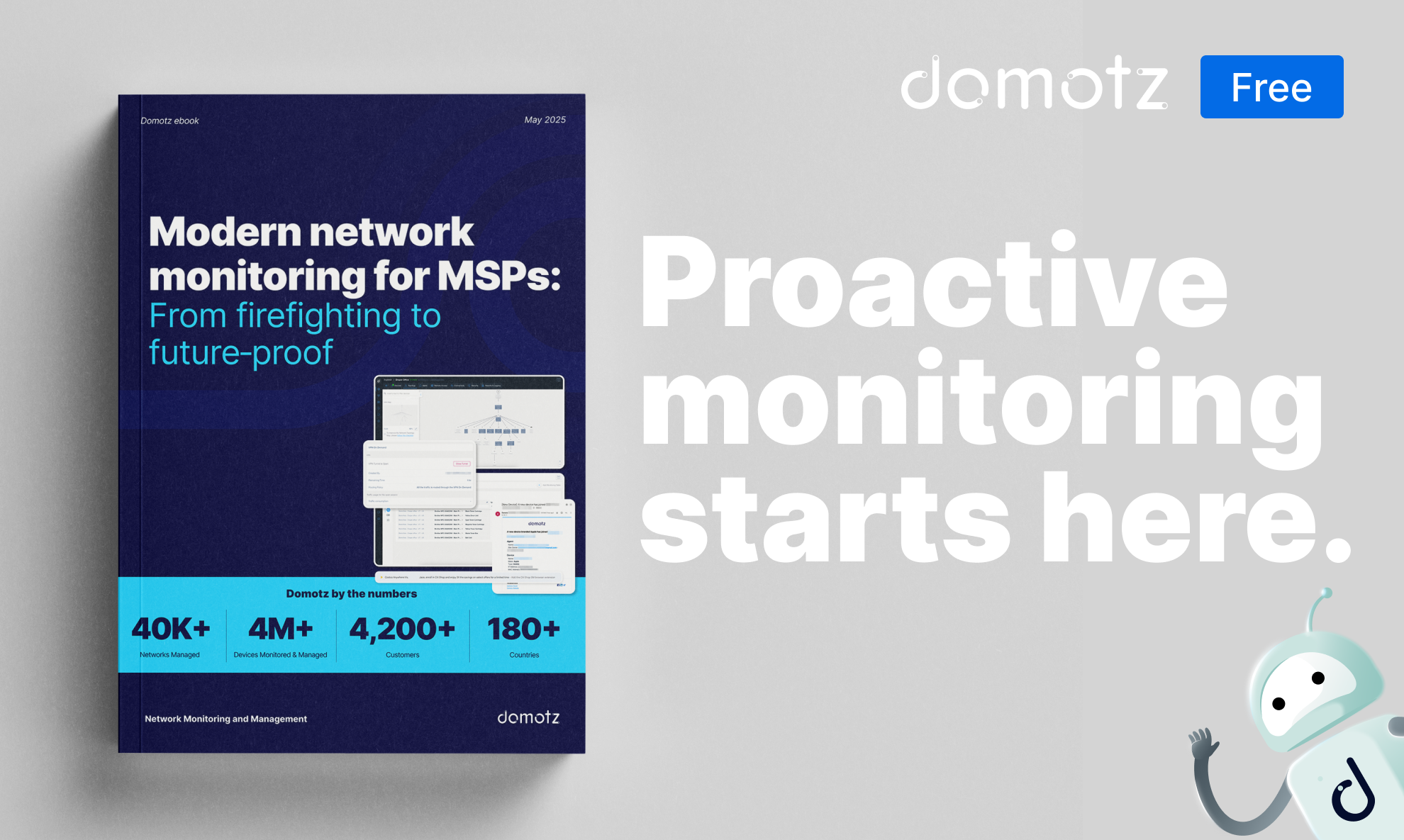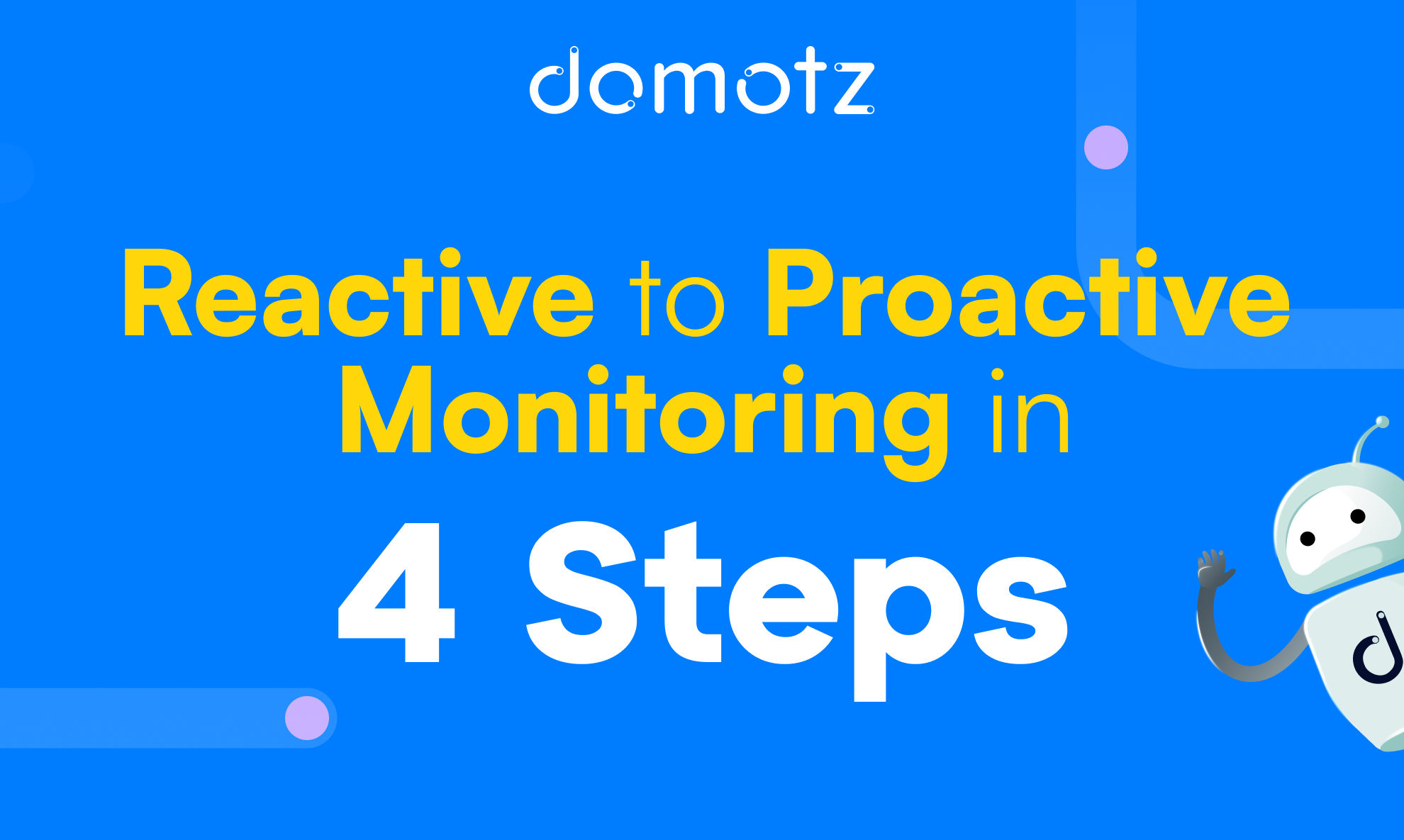Social media. We all know its potential, but when you’re busy running your IT business, it’s hard to know where to begin with creating an actual social media strategy.
You’ve probably rushed out a handful of posts on all the platforms with little luck. Or spent far too long creating the ‘perfect’ post without a proper goal in mind. Does that sound familiar?
Keep reading to learn ten actionable tips for creating a clear social media marketing strategy for your IT business!
- Understand your target market
- Define specific social media goals
- Focus on the most relevant social media platforms
- Plan with a content calendar
- Engage with your followers
- Use analytics to determine what resonates
- Consistency is key
- Implement social media tools
- Celebrate niche-centric holidays
- Show your human side
- Showcase Your Expertise
- Utilize Visual Content
1. Understand your target market
First of all, you need to be super clear on who your social media posts are targetting. If you already know who you’re targeting, that is great!
If not, it’s time to create your first ‘persona.’ Ultimately a persona is a hypothetical ideal follower or customer. For example, your MSP business could be geared towards a specific industry, like dentistry or accounting. Or perhaps you offer specialized services, like cybersecurity.
While keeping that in mind, you’ll also want to combine things you know about your current customers, like their demographics, personality traits, and common problems.
Now, whenever you create content for social media, you’ll have this fictional person in mind to help you create more effective posts.
There are several platforms that can help you create personas, like Talkwalker.
2. Define specific social media goals
Confirming your social media goals is one of the trickiest parts of developing a social media strategy. Once you know where to start, your goals will guide your budget, align with your business, and simplify future content!
Firstly, understand what you want from your social media efforts. For example, do you want to achieve more engagement, more followers, or increased brand awareness?
Secondly, be specific. You’ve probably heard of ‘SMART’ goals before, but it’s still a great rule of thumb when defining your goals. Make sure they’re:
- Specific
- Measurable
- Attainable
- Realistic
- Time-sensitive
Having specific goals makes tracking your success on social media much easier!
3. Focus on the most relevant social media platforms
You don’t want to spread yourself too thin and post on every social media platform out there. Chances are that your ideal followers will be hanging out in specific places online. For MSP businesses, this could be:
- TikTok
Time is precious, so focus your attention on the most relevant platforms for your social media strategy.
To build a clear social media marketing strategy for IT business, it is important to remember two additional fundamental things. There’s a specific way of writing for each social media channel. Rather than just posting the same content everywhere, you’ll have to adapt your communication for each channel. For example, LinkedIn posts are more corporate-focused, while Instagram posts should be based on images. Secondly, the use of images and sizes also varies, depending on the social media you are referring to.
Use the correct tone of voice and the right image for each profile.
4. Plan with a content calendar
What will you post, and when?
You’ll need to create a content calendar to plan an effective social media strategy.
There are dedicated platforms for publishing content, or you can use a simple Google Sheet or Trello board. Whatever works! In your calendar, you can:
- Attach social media graphics
- Write post copy
- Document relevant hashtags
- Schedule posts for specific dates
To build a social media calendar that ties into your existing blog or YouTube calendar.
5. Engage with your followers
Social media is supposed to be social! It doesn’t matter how carefully crafted your posts are if you aren’t engaging with your followers. Consistent engagement builds trust in your brand.
Engagement involves:
- Replying to DMs
- Commenting on other people’s posts when they mention your brand or niche
- Replying to comments on your own posts
- Resharing user-generated content (like photos or stories made by customers using your products)
6. Use analytics to determine what resonates
How will you know if your social media strategy is working? By taking a peek at the analytics!
Every social media platform has analytics features built in. It makes sense to track how well your posts align with your goals. This allows you to do more of what people resonate with and change up what isn’t working.
7. Consistency is key
Ignore the myths that you have to post three times a day on every platform—focus on being consistent instead.
The truth is that social media algorithms vary and evolve regularly, so focus on posting a minimum content amount every week. If that’s three Instagram posts or four tweets a week, choose what you can comfortably achieve without struggling.
8. Implement social media tools
To streamline your social media efforts, implement tools to help you. There are tools to help with every aspect of running your social media campaign, such as:
- SocialBakers, for AI-powered research, analytics, and social listening
- Hootsuite, for scheduling posts, monitoring market trends, and promoting posts
- BuzzSumo, for topic discovery, LinkedIn trends, and social monitoring
9. Celebrate niche-centric holidays
People love to celebrate! Your MSP isn’t exempt from this just because you’re in the tech space. You can create content around holidays that fit within your specific niche. For example, World Teachers Day if you’re in education or World Password Day if cybersecurity’s your jam.
10. Show your human side
Be authentic! Your followers are real people, and your customers want to get to know the humans behind your posts. Once in a while, don’t be afraid to show the ‘fun’ side of your business. Share exciting employee news or discuss topics where you share your personality.
Want more content on best practices for social media marketing for IT businesses? Be sure to follow us on Twitter, LinkedIn, Instagram, and Facebook. We’ll definitely be sharing more blog posts on this topic.
11. Showcase Your Expertise
Demonstrate your IT expertise by sharing case studies, success stories, and client testimonials. Position yourself as a thought leader in your field.
12. Utilize Visual Content
Lastly, use visually appealing images, charts, and videos to explain complex IT concepts. Visual content is more shareable and engages the audience effectively. Additionally, use hashtags wisely. Research and use relevant hashtags to increase the visibility of your posts. Create a branded hashtag for your IT business to promote your services.
Further reading:
→ MSP Website Design Tips: 10 things to consider



